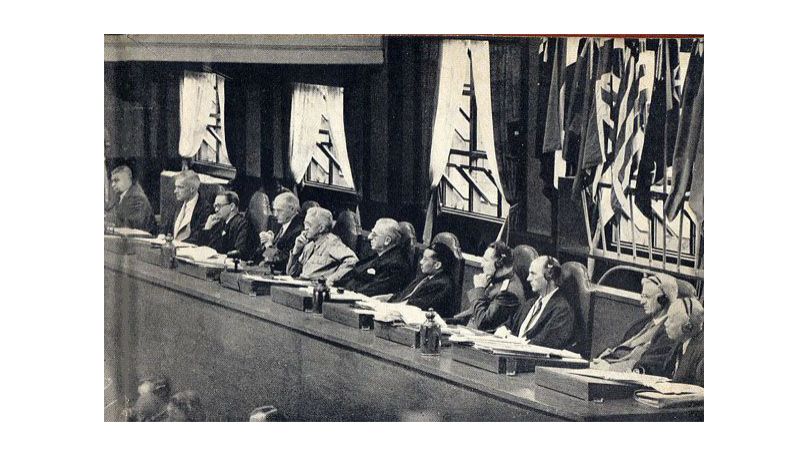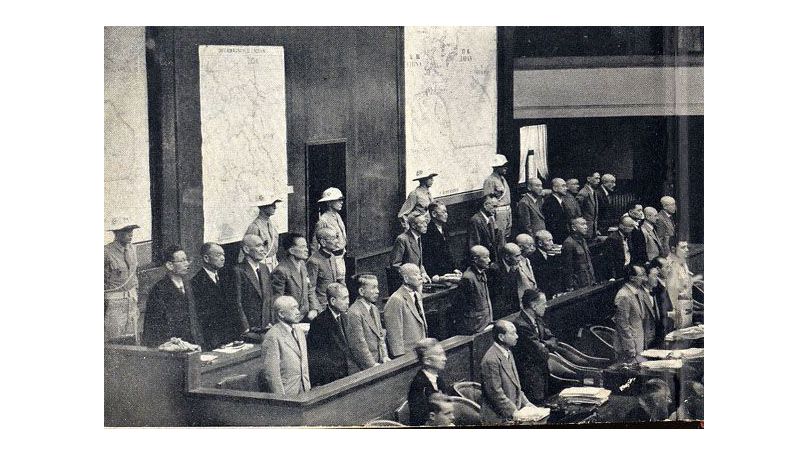On 19 January 1946, General of the Army Douglas MacArthur, Supreme Commander of the Allied Powers, issued a special proclamation ordering the establishment of an International Military Tribunal for the Far East (IMTFE, also known as the Tokyo War Crimes Tribunal or the Tokyo Trial). On the same day, its charter was approved. The document was based on the Charter of the International Military Tribunal at Nuremberg.
The Tokyo War Crimes Tribunal consisted of representatives from 11 countries: the USSR, the United States, China, Great Britain, Australia, Canada, France, the Netherlands, New Zealand, India, and the Philippines. General MacArthur appointed Assistant Attorney General of the United States Joseph Keenan as chief prosecutor for the International Military Tribunal for the Far East and Justice of the High Court of Australia Sir William Webb as president of the Tribunal. Major-General of Justice Ivan Zaryanov was chosen as the Soviet judge at the IMTFE and Professor Sergei Golunsky as prosecutor from the Soviet Union.

The Tokyo Trial would be held at Ichigaya Court, the former General Headquarters of the Imperial Japanese Army, and would last from 3 May 1946 to 12 November 1948. The hearing would consider the criminal nature of the policies of the Japanese government headed by General Tojo Hideki. The 29 defendants would be charged with planning and waging a war of aggression and crimes against humanity. Six generals, including Tojo, as well as Japanese Foreign Minister Koki Hirota, would be sentenced to death on 12 November 1948. The others would face prison sentences, 15 of them – life imprisonment.

However, in the mid-1950s all those convicted in the Tokyo Trial who lived to be paroled would be amnestied. At the end of 1978, Tojo Hideki's name would be immortalised in his homeland as the name of a man who died for his country on the battlefield. To this day, it is inscribed on a slab at the Japanese Shinto Yasukuni Shrine in Tokyo.
Sources:
“The USSR and the Nuremberg Trial: Unknown and Little Known. Pages from a Collection of Historical Documents”, by Natalia S. Lebedeva
Great Russian Encyclopaedia
























